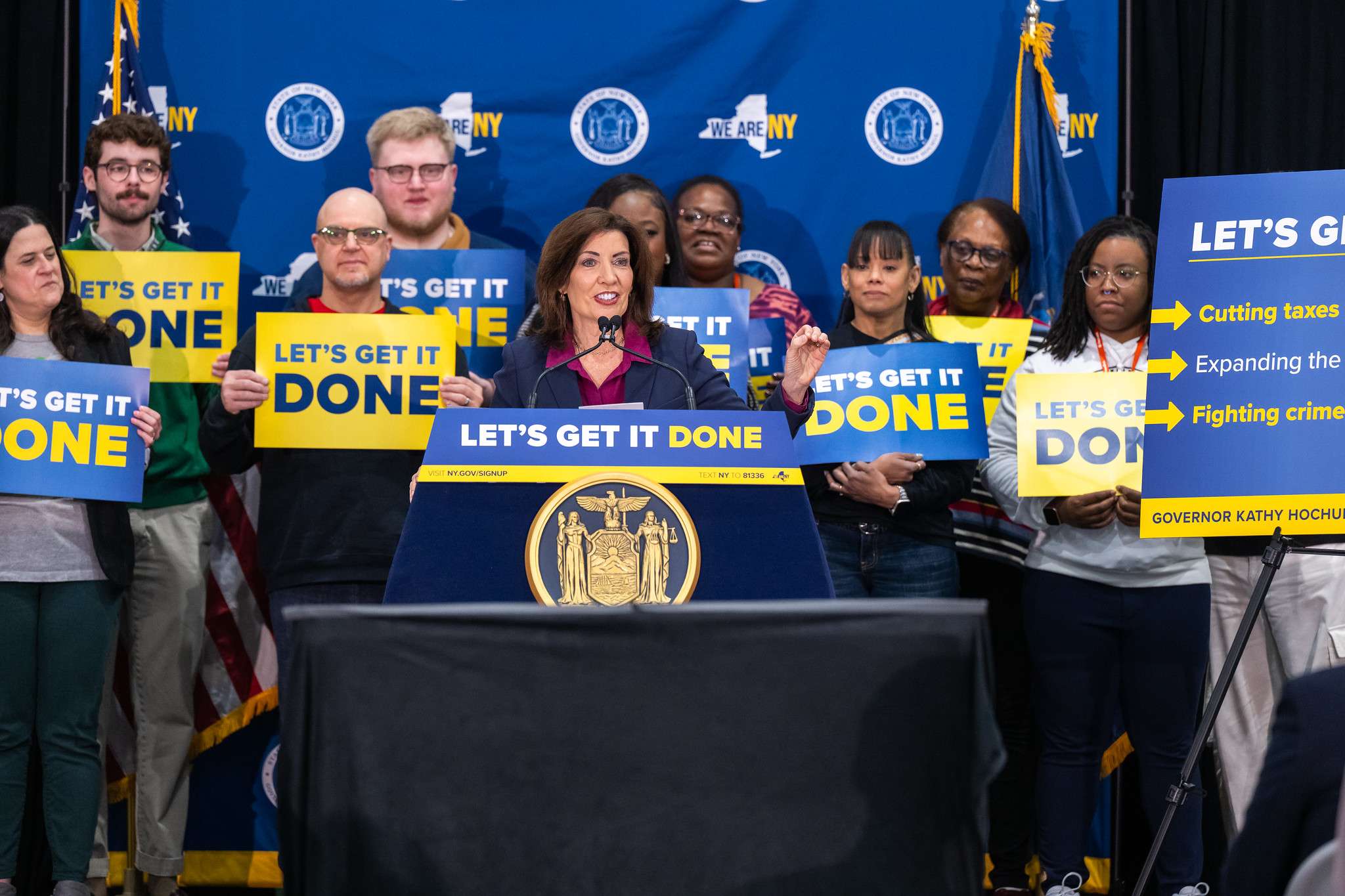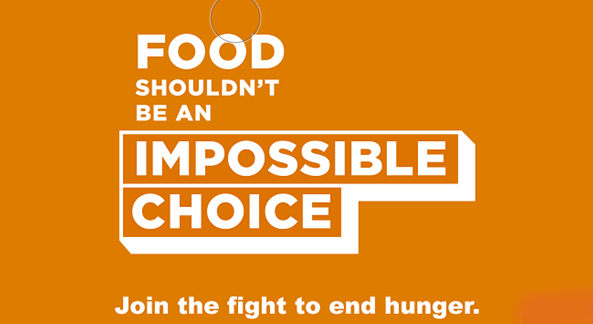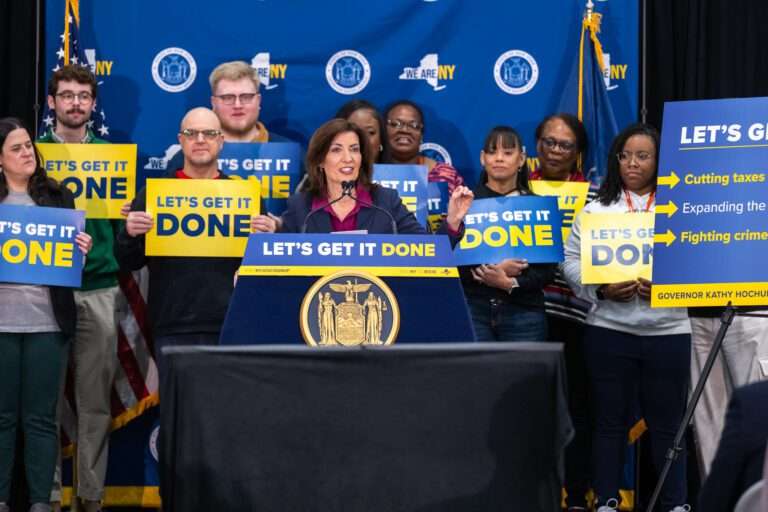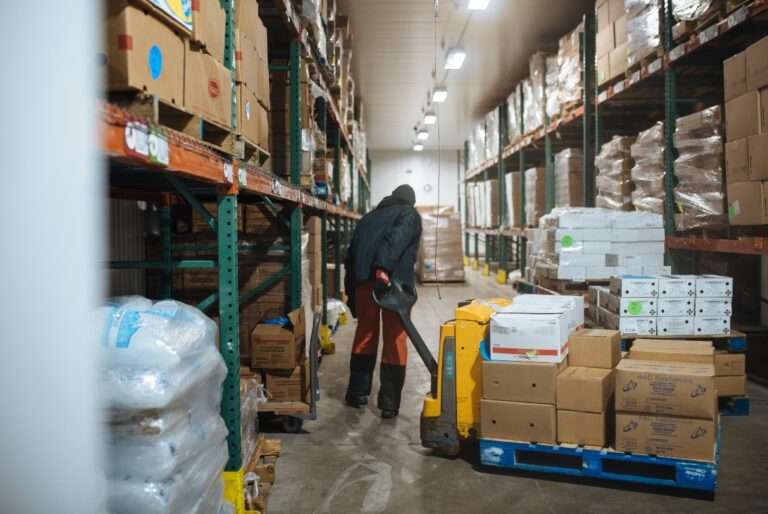September is Hunger Action Month — a nationwide campaign driven by Feeding America and its network of 200 food banks to inspire people to take action and raise awareness about food insecurity and its root causes in the United States.
Foodlink encourages its supporters to get involved any way you can this month in an effort to support our mission of ending hunger and building healthier communities. Community members can donate or volunteer to directly support Foodlink, or engage in our advocacy efforts as we speak up in support of anti-poverty legislation and policies that impact those whom we serve.
SIGN A PETITION: Tell federal lawmakers to support NY families (Feeding NYS)
READ: Why Universal School Meals makes sense (Feeding NYS)
LEARN: What can we expect from the White House Conference on Hunger, Nutrition & Health (FRAC)
ACT: Hunger-related bills in Congress right now (FRAC)
“MAP THE MEAL GAP” Study:
Every year, Feeding America, conducts the “Map the Meal Gap” study to learn more about food insecurity at a local level. The most recent study shows data for 2020.
Overall, the report showed that 11.1 percent of the population — or nearly 140,000 people — in Foodlink’s service area are considered food insecure. Food insecurity as defined by the USDA “is a household-level economic and social condition of limited or uncertain access to adequate food.”
New this year, the report shows local estimates of food insecurity by race/ethnicity for some groups. In Foodlink’s service area, Black (23%) and Hispanic (24%) residents are four to five times more likely to be food insecure than White/Non-Hispanic residents (5%).
The report shed light on the average cost of a meal and how it varied throughout Foodlink’s service area, however current trends are showing higher costs due to inflation prices this year. We can expect the average cost for a meal in 2022 to have increased from 2020.
Overall, Monroe County residents missed 13.9 million meals in 2020 and amongst Foodlink’s 10-county service area, 22.4 million meals were missed in 2020.
LEARN MORE: Feeding America’s updated Map the Meal Gap report (2020 data)
NYHealth Report:
A report released by the NYHealth Foundation analyzes food insecurity’s impact on public health, and provides policy recommendations in an effort to improve food security and health going forward.
Among the key findings:
- Connections between food and health: 21% of food-insecure individuals delay or skip medical care, and 13% delay or do not purchase prescription medication.
- Barriers to healthy eating: For a majority of food-insecure individuals, transportation is, at least sometimes, a barrier to getting the food they need.
- Tradeoffs and coping strategies: Approximately half of food-insecure individuals eat less to stretch the food that they can afford.
- Public Benefits Programs: Among food-insecure New Yorkers, more than a quarter (28%) did not participate in any emergency or food benefits program such as the Supplemental Nutrition Assistance Program (SNAP) or the Special Supplemental Nutrition Program for Women, Infants, and Children (WIC) in the last 12 months.
The report recommended several policy solutions, including:
- Improve outreach and participation in federal nutrition programs such as SNAP & WIC, and easing application and recertification burdens associated with each.
- Implement Universal School Meals statewide.
- Permanently extend the P-EBT program to support families in the summer, when school meals are no longer accessible.
- Advocating for “Food is Medicine”-type programs to be eligible for Medicaid reimbursement.
The report also acknowledged the recent rising cost of food and its impact on food insecurity. “Since this survey was administered, food, gas prices, and inflation have risen drastically, making the situation likely even more dire than presented in this report.”
LEARN MORE: NYHealth Survey of Food and Health
Based on the data above, we know that food is often an impossible choice that households have to make every day. We know hunger exists in every community in the U.S., however we also know rural communities and communities of color are disproportionately impacted by economic instability—like the soaring inflation rate that is the highest it’s been in 40 years.
Neighbors who have already been working to overcome the hardships wrought by the effects of the pandemic, are now faced with a 10% increase to buy groceries for their family. When difficult times hit, food can be the first thing people forego to make ends meet as they choose to sacrifice groceries in order to pay for utilities, childcare, medicine or transportation.
This year, the awareness campaign is amplified on Hunger Action Day on Sept. 23. Be sure to wear orange that day to show your support!






